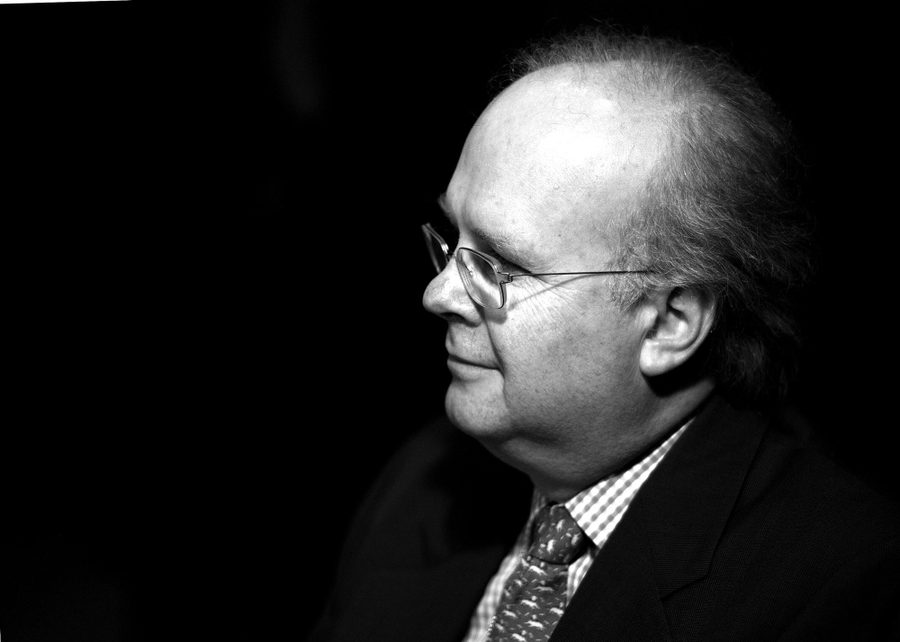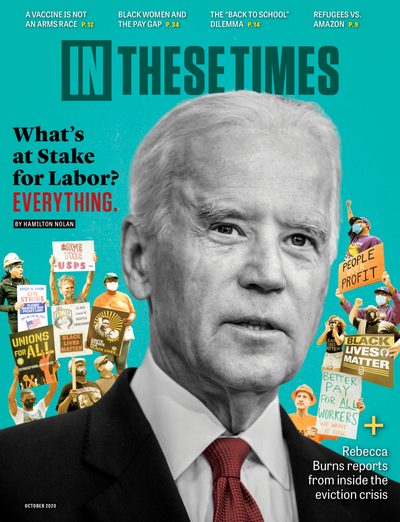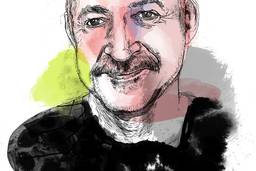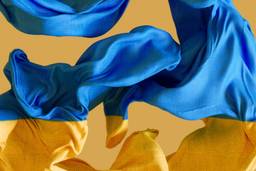Trump’s False Claims of Rampant Voter Fraud Draw From a Well-worn Racist Playbook
Republicans have tried to suppress turnout among voters who are poor, disabled or people of color for many years.
Joel Bleifuss

Between the Republican Party and Donald Trump, it’s hard to say which is more responsible for boosting voter suppression into outright election sabotage. But it is useful to remember upon whose watch the GOP learned how to suppress turnout among voters who are poor, Black, Latino, Asian American, Native or disabled in order to defeat Democrats.
In a May 2007 story, “The Fraudulence of Voter Fraud,” I reported on the Bush administration’s purge of U.S. attorneys, fired on the pretext of failing to prosecute voter fraud (which never actually occurred). I wrote:
When Republicans talk about voter fraud they are referring to illegal voting by individuals, as opposed to vote fraud — systematic attempts to steal an election by an organized group of partisans. … On Feb. 15, 2005, the U.S. Senate Republican Policy Committee issued a report, “Putting an End to Voter Fraud,” which said, “Voter fraud continues to plague our nation’s federal elections, diluting and canceling out the lawful votes of the vast majority of Americans.”
… Lorraine C. Minnite, a professor of political science [and expert on voter fraud] at Columbia University [writes]: “The exaggerated fear of voter fraud has a long history of scuttling efforts to make voting easier and more inclusive, especially for marginalized groups in American society. With renewed partisan vigor, fantasies of fraud are being spun again to undo some of the progress America has made lowering barriers to vote.”
… It appears that, under [Deputy Chief of Staff Karl] Rove’s direction, the White House has been planning to use U.S. attorneys to fan national fears of voter fraud. … In Arkansas, Bush fired a sitting U.S. attorney in order to appoint Rove protégé Tim Griffin. … In Washington, [he] fired U.S. Attorney John McKay [who] had refused to prosecute alleged voter fraud. … On March 6, McKay testified before the Senate that after the election Republicans pressured him to open an investigation. He said his office had examined the allegations of voter fraud and decided there was not enough evidence to pursue a case.
“Had anyone at the Justice Department or the White House ordered me to pursue any matter criminally in the 2004 governor’s election, I would have resigned,” McKay told the Seattle Times. “There was no evidence, and I am not going to drag innocent people in front of a grand jury.”
… [Minnite] has read through the reports [of fraud. She said], “As I delved into it, I was faced with the question: ‘Why do people think there is a lot of fraud when there isn’t any real evidence?’ I think people are being manipulated by politics, which takes the form of these reports that are dumped on the public. It is as if you get a big enough pile maybe you will convince people that the volume of fraud is quite large and that we have a serious problem.”
Someone has learned Rove’s lessons well.
Joel Bleifuss, a former director of the Peace Studies Program at the University of Missouri-Columbia, is the editor & publisher of In These Times, where he has worked since October 1986.









